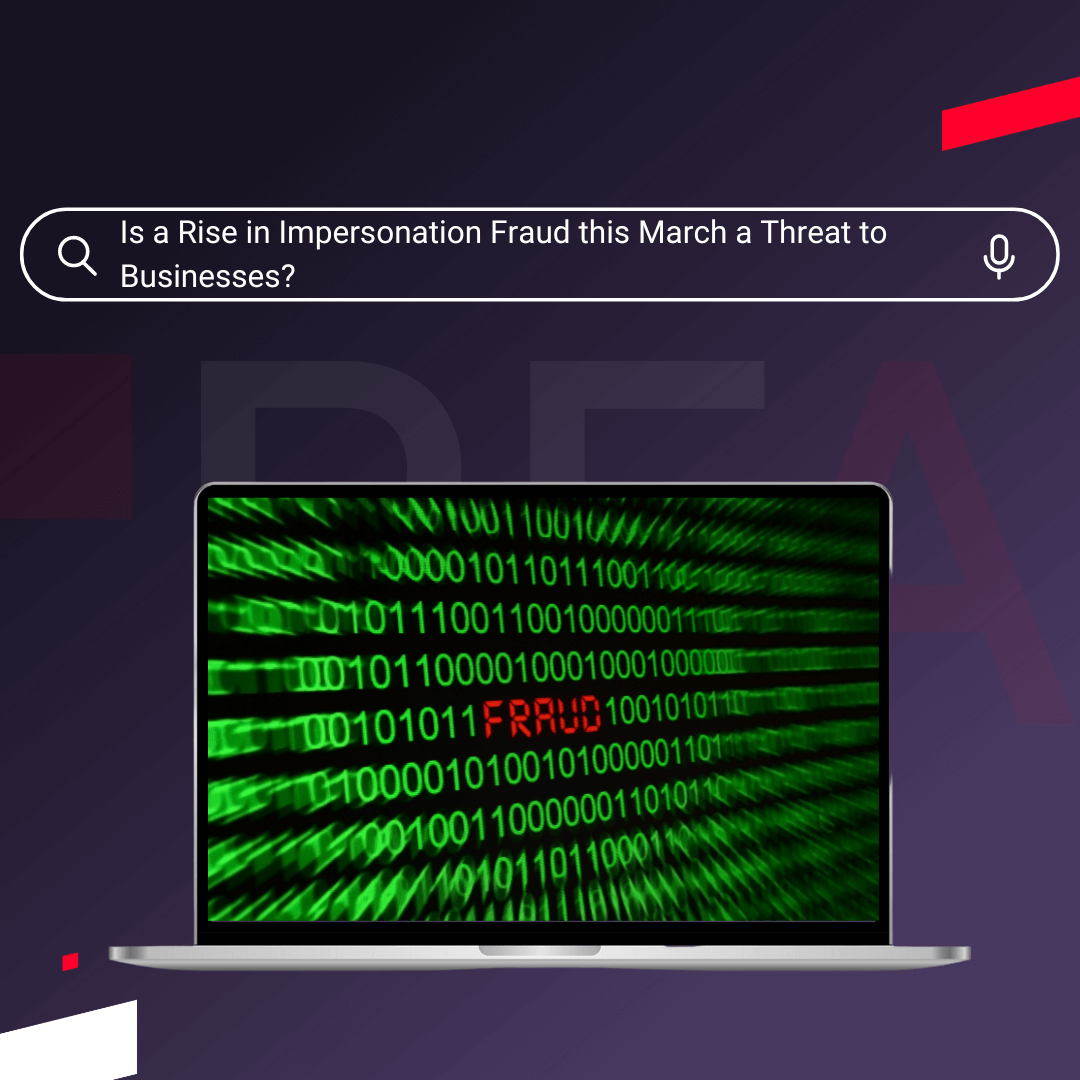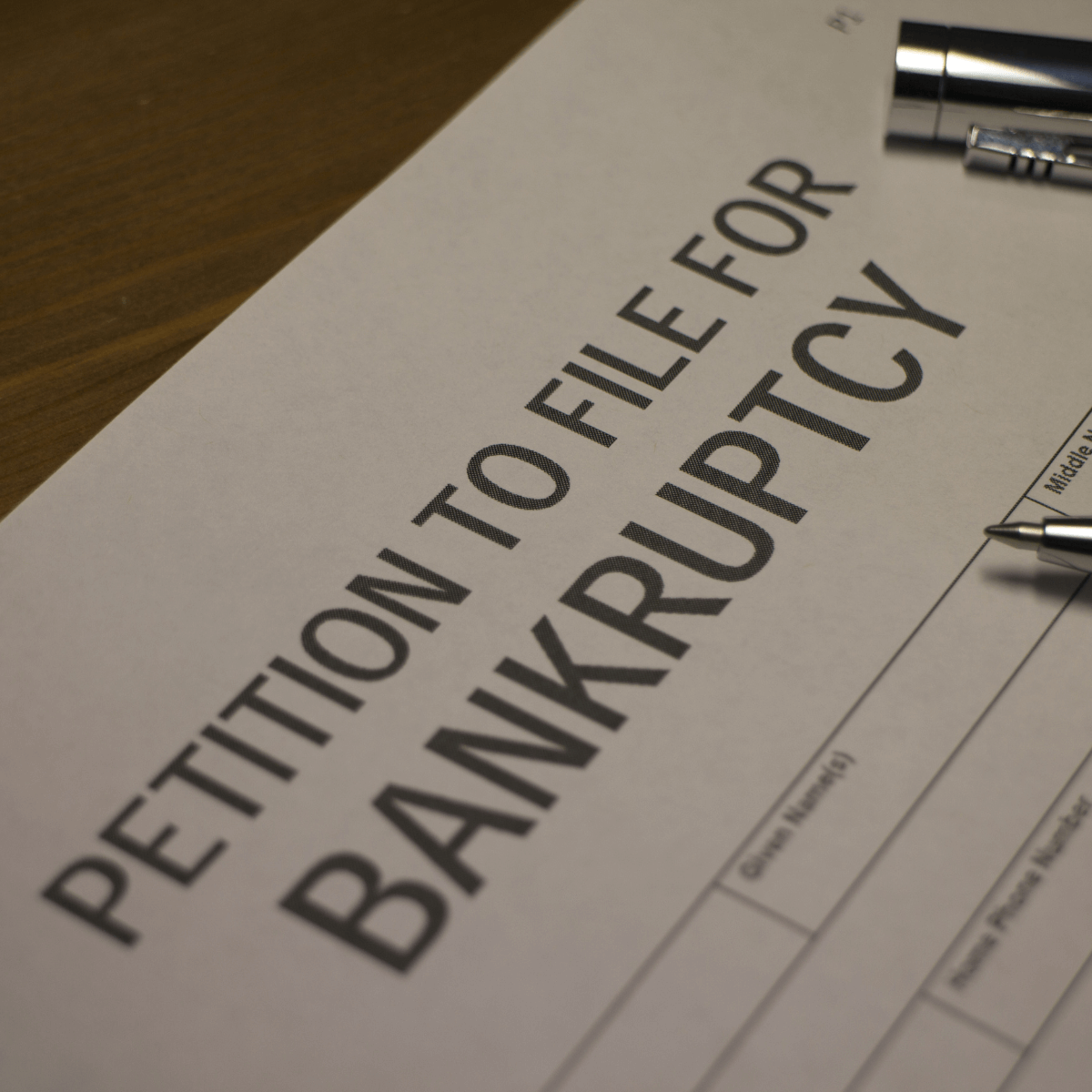In late February the government announced its plans for lifting lockdown restrictions.
This is good news. Vaccines are being rolled out, people will soon see friends and loved ones again, and the economy can gradually reopen.
But while the health and social situations appear to be improving, coronavirus’s economic impact will only worsen.
Over the next 18 months, UK businesses will face a storm of uncertainty.
Government support measures will end, creditors will begin pursuing payment and revenues will be slow to recover – many businesses won’t survive.
And many that go under will have unpaid debts that unsecured creditors will be forced to write off.
This puts pressure on the creditor’s business and could lead to them becoming insolvent as well.
The average insolvent debt now stands at £55,949 and businesses that take on this kind of debt are three times more likely to fold themselves within the following 12 months.
It’s essential to be extra vigilant about the risk posed by your customers at a time like this. By doing so, you’ll avoid making mistakes that could cost you your business.
In this article, I will highlight examples of devastating insolvencies that might have been avoided if the creditor companies had monitored their clients’ financial health.
I’ll also explain the steps you can take to ensure that your business survives the coming economic storm so that it is well-positioned to thrive in the eventual recovery.
Foreseeable Losses
You cannot afford to be complacent in the current economic climate.
All of the companies listed below showed signs that they posed a significant business risk. Vigilant creditors can see these signs and take preventative action.
The Restaurant That Was Two Years Late Filing Accounts
When London-based hospitality group Maxwells Restaurants Ltd went into liquidation, it had strong sales of £25 million and ran a luxury venues portfolio.
However, the company hadn’t filed accounts since 2018.
Failing to file accounts or moving filing dates suggest that a business is either poorly managed or suffering financial difficulties.
This should have been a clear indicator that the company’s future wasn’t secure. Despite this, it went into insolvency owing £2,798,130 to 65 unsecured creditors – that’s an average of £43,000 each.
A Manufacturer’s Asset Value Evaporates
When mattress manufacturer Icon Designs Ltd entered liquidation, £3,351,000 of its total value was tied up in assets and book debts.
However, when the company entered insolvency this value soon evaporated.
Businesses often over-inflate asset values on their balance sheet to secure funding. However, these assets often devalue during a recession, creating a disparity between what the company is worth on paper and the amount that administrators can recover.
Icon Designs was being propped up by its assets and this should have been a warning sign to creditors. In the end just £222,500 was recovered, leaving 105 unsecured creditors out of pocket by £2,833,830.
An Engineering Firm’s Credit Insurance Is Withdrawn
Arlington Engineered Systems Limited was late filing their accounts in 2019. If this wasn’t enough warning, it then had its credit insurance withdrawn.
This is a big red flag, as it means a business has to rely on its cash reserves to operate. In this situation creditors should take immediate action to claw back cash as soon as possible.
The business went into administration owing £17,294,300 to 630 unsecured creditors.
Navigate the Storm
Falling victim to the coronavirus fallout isn’t unavoidable. There are steps you can take to spot the risks to your business and mitigate their impact.
1 - Know Your Business
Or rather, who you do business with. Analyse the financial health of your customers and your suppliers. Identify what impact losing them will have on your company. Continue to monitor them and take time to assess any adverse developments.
2 - Understand Your Markets
Create customer avatars representing your most profitable and secure customers. Then concentrate on selling to these companies. Spend time identifying businesses that pose a risk and avoid working with them. Don’t be afraid to politely distance yourself from existing customers that fit this profile.
3 - Suppliers, Suppliers, Suppliers
Supply chains are delicate structures. Analyse yours and identify which suppliers could pose a risk. Establish back-up plans to replace failing suppliers. If they are critical to your business and can’t be easily replaced, consider buying them out.
4 - Knowledge Is King
Monitoring businesses doesn’t just help protect you from risk. Using real-time company data allows you to spot new opportunities and identify market trends.
5 - Be the Best
Drive your revenues up by putting your sales and marketing teams at the heart of your strategy. Give them the data they need to identify low-risk, high-value businesses that are ready to buy. Data will help your team to quickly determine what each business needs, allowing them to tailor their pitch accordingly.
Discover how Red Flag Alert’s experienced team can help you mitigate risk and protect your business. Why not get a free trial today and see how Red Flag Alert can help your business?




